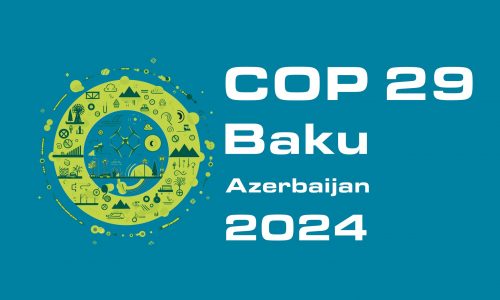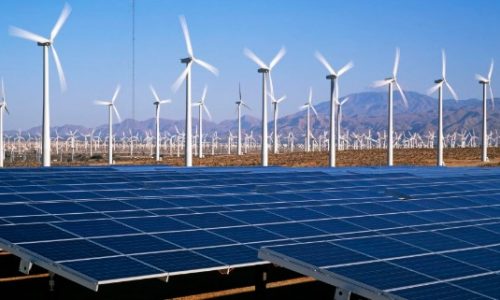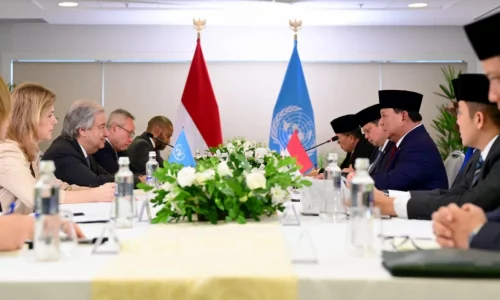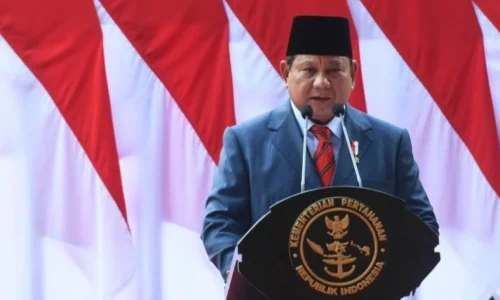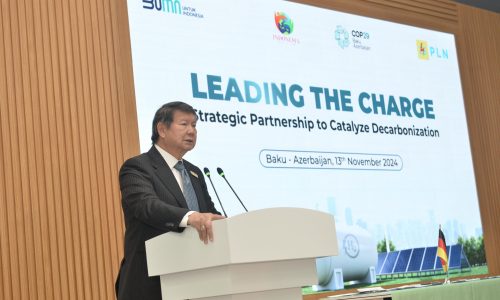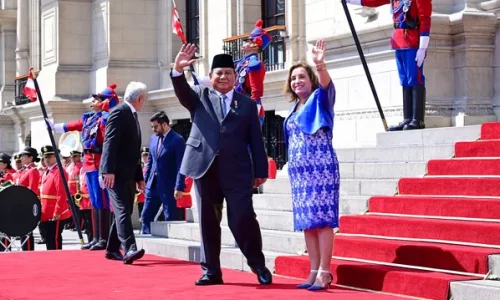Presiden Joko ‘Jokowi’ Widodo highlighted Indonesia’s vast hydropower potential during the World Hydropower Congress held in Bali. He mentioned that Indonesia boasts approximately 4,400 rivers with the potential to be utilized as sources of hydropower. Out of these rivers, 128 major ones have significant electricity production capabilities, such as the Mamberamo River in Papua and the Kayan River in North Kalimantan.
President Jokowi stressed that this substantial renewable energy potential could serve as an essential asset for accelerating the domestic energy transition. He emphasized the remarkable capacity of rivers like Mamberamo, with a potential of 24,000 megawatts, and Kayan, with a potential of 13,000 megawatts.
The electricity generated by the Kayan hydropower plant will supply power to the operations of the Green Industrial Park Indonesia (KIPI) in Bulungan, North Kalimantan. The development of this hydropower plant is led by PT Kayan Hydro Energy (KHE) in collaboration with Japan’s Sumitomo Corporation, with a project investment value of approximately US$ 17.8 billion or around IDR 270 trillion.
KHE is currently working on the initial dam infrastructure and plans to proceed with support infrastructure construction in 2023. The Green Industrial Park is expected to host various multinational companies engaged in petrochemicals, electric vehicles, steel, and semiconductor chip manufacturing.
President Jokowi sees this as a tremendous opportunity for Indonesia, highlighting that such energy can be used for future generations. He estimated a total potential of 3,600 gigawatts from various renewable energy sources, including solar, wind, geothermal, ocean currents, waves, bioenergy, and hydropower.
The World Hydropower Congress in Bali was attended by international figures such as former Australian Prime Minister Malcolm Turnbull, who currently serves as the President of the International Hydropower Association, and Datuk Abang Haji Abdul Rahman Zohari bin Tun Datuk Abang Haji Openg, the Chief Minister of Sarawak State.
Despite the vast hydropower potential in Indonesia, President Jokowi acknowledged several challenges in fully exploiting this energy source. He pointed out that the limited transmission capacity from production sources to high-demand regions is a key issue. Furthermore, remote locations of hydropower sources from major electricity demand centers pose challenges.
Challenges in Indonesian hydropower development
In addition to these location-related challenges, Indonesia faces difficulties concerning financing and technology transfer. Both require substantial capital investment and collaboration with the global hydropower ecosystem.
To address these issues, the government has laid the groundwork for a cross-island electricity network project through the collaboration of the Ministry of Energy and Mineral Resources (ESDM) and PLN, the state-owned electricity company. This super grid project aims to maximize the potential of renewable energy from remote locations.
“Indonesia has created a blueprint for accelerating the transmission network from hydropower locations to economic and industrial growth centers,” President Jokowi stated.
The lack of connectivity between the power supply from remote renewable energy sources and high-demand areas like Java has been a long-standing issue. Building environmentally friendly transmission lines is essential to bridge this gap.
Several super grid projects have been included in PLN’s Electricity Supply Business Plan (RUPTL). These projects focus on interconnecting Sumatra and Bangka Belitung in 2022, Kalimantan in 2023, and regions from Tambu, North Sulawesi, to Bangkir, South Sulawesi, set to be operational in 2024. These interconnections aim to enhance the transmission of electricity across the Indonesian archipelago.



